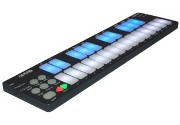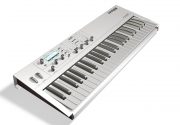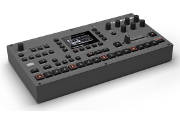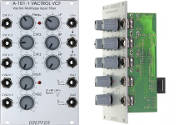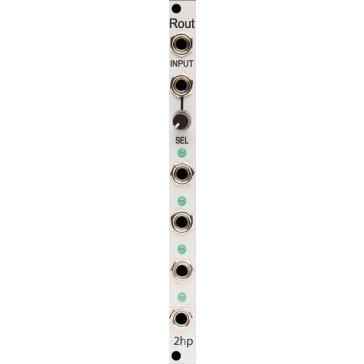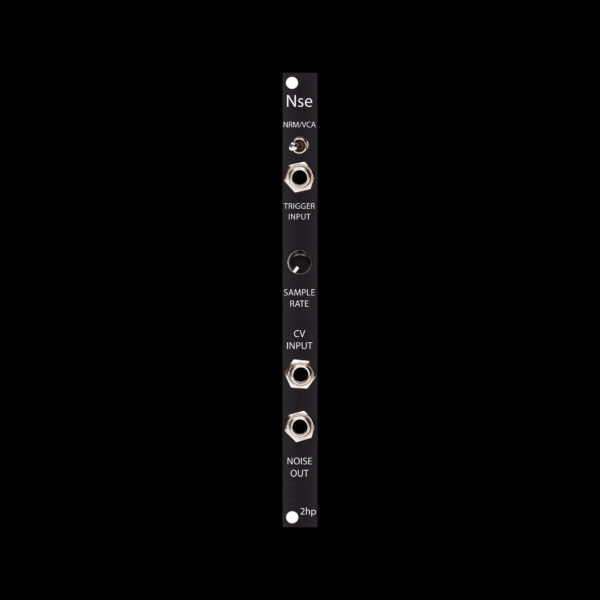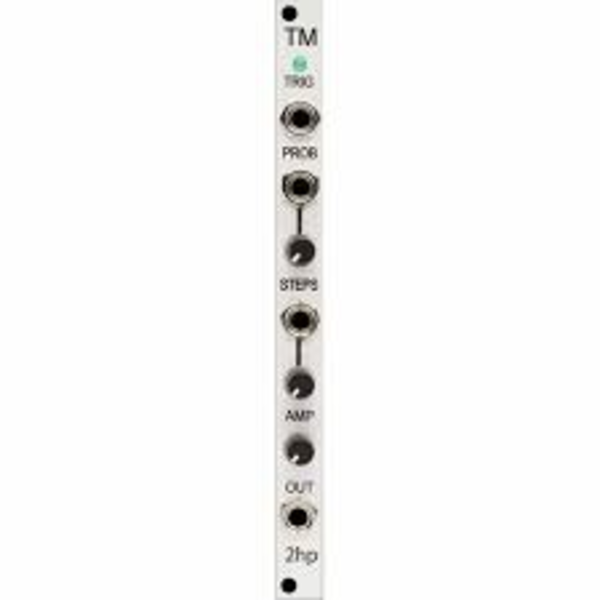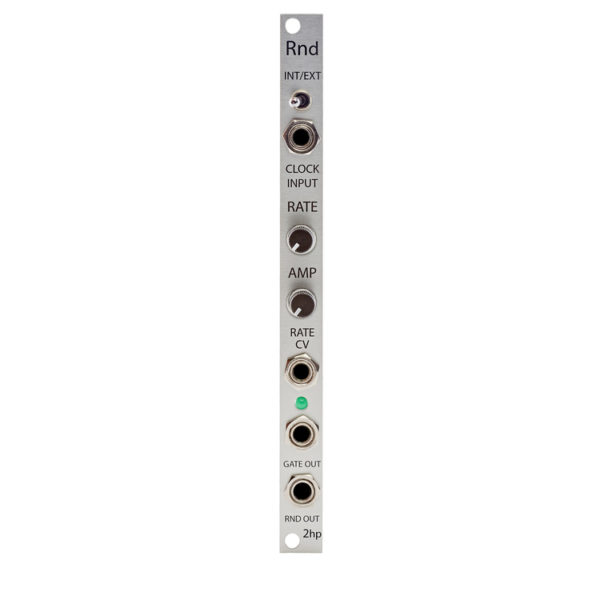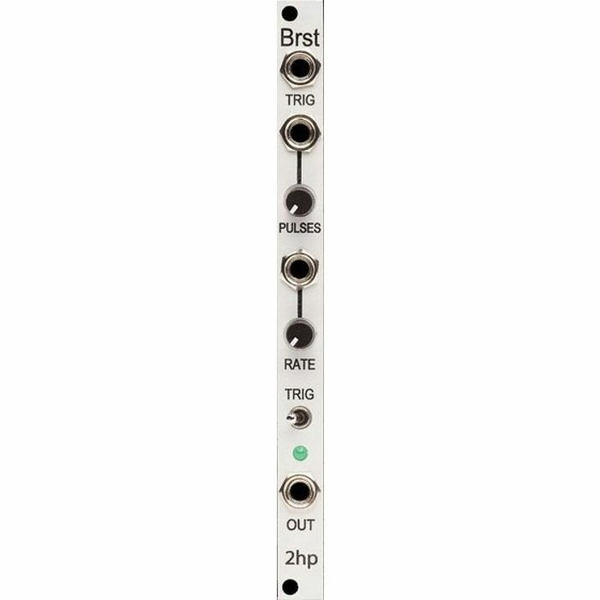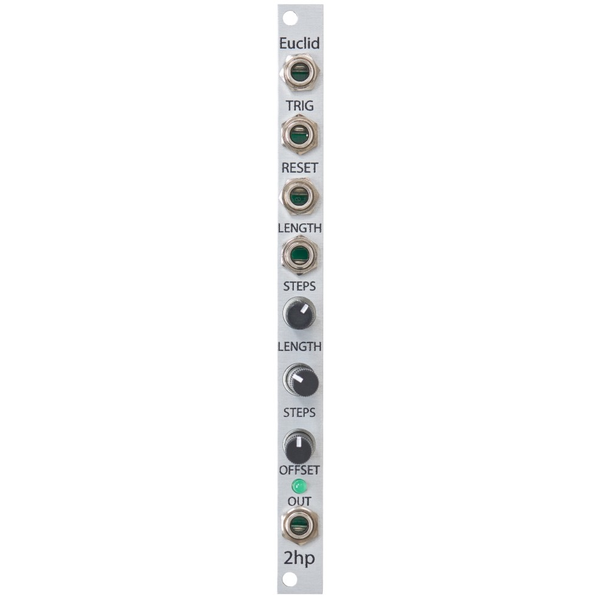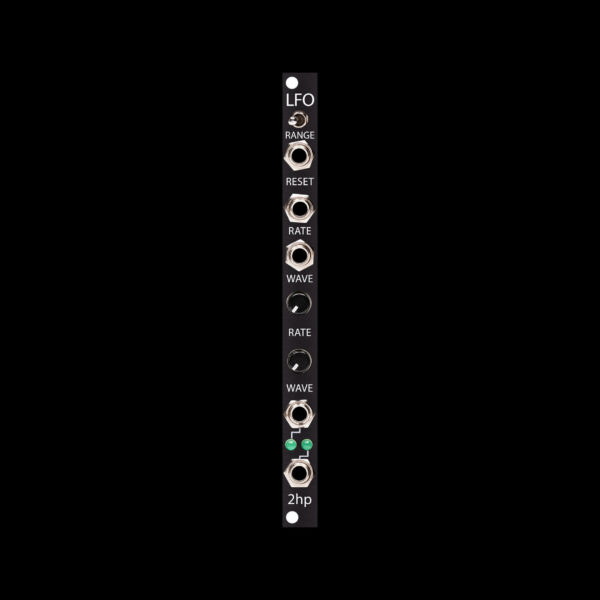DUAL LFO
The SoundForce Dual LFO is a straight-forward and easy-to-use module that can be used as a free-running LFO but can also be synced to an external clock signal using the TAP input. It features 2 identical LFO sections, one on the left and one on the right.
178,00 € TTC
The SoundForce Dual LFO is a straight-forward and easy-to-use module that can be used as a free-running LFO but can also be synced to an external clock signal using the TAP input. It features 2 identical LFO sections, one on the left and one on the right.
Free-running or synced LFO:
Using the FREE toggle switch, you can switch between free-running operation or tap/sync LFO operation. In free-running mode, you can set the frequency using the DIV/FREQ pot and they are 3 ranges of frequency that can be selected using the H/M/L switch (H: 30Hz to 500Hz – M: 1Hz to 100Hz – L: 1min to 10Hz). In tap/sync mode, the frequency of the LFO is automatically set based on the frequency of the incoming signal on the TAP input. You can internally multiply or divide the clock frequency using the DIV/FREQ pot. The ratios are: 1, 2, 3, 4, 5, and 8, either multiplying clockwise or dividing counterclockwise. In both free-running and tap/sync operations, you can modulate the position of the DIV/FREQ pot using the D/F CV input and attenuverter. This means that you can use CV to apply frequency modulation to the LFO frequency in free mode or change the divider/multiplier in tap/sync mode.
Waveforms:
Using the WAVE pot, you can select which waveform to use for each LFO. The selection is: Sine, Square 50%, Square 25%, Rising Saw, Falling Saw, Triangle, Stepped triangle and Random/Noise. Using the Wave CV input and attenuverter, you can change the waveforms using external CV signals. Please note that the waveforms are not morphing.
Random/noise waveform:
The last waveform clockwise is Random/Noise. It is equivalent to a noise signal sent to a sample and hold. In free mode, a new random voltage level will be sent to the output jacks at the frequency of the LFO. This can create a signal that sounds like noise at high frequencies or a stream of random voltages at lower frequencies. In tap/sync mode and with D/F on 1, a new random voltage is sent to the output every time a trigger is received on the TAP input signal. By changing the D/F pot positon or using the D/F CV and attenuverter, more random voltages can be sent between triggers (with multiplying ratios) or triggers can be skipped (with dividing ratios).
2 outputs:
The 2 outputs can cover your polarity needs with a bipolar output (-5 to 5V) and an unipolar output (0 to 10V). Those outputs can be used at the same time for different destinations and purposes.
Cross-modulate:
It’s highly encouraged to use 1 LFO output to modulate the other one or itself, and create intricate sources of modulation that yield even more interesting moving and changing elements over time in your patch
Highly efficient design:
This module is based on one STM32 micro-controller containing a rich set of analog peripherals. Both the ADC and DAC are built-in and the only other chips used are opamps and power regulators.
Specifications:
– 12HP
– Depth: 27mm (including power connector)
– Power: +12V 70mA, -12V 8mA
– CV inputs range -5V to 5V
– Bipolar output range -5V to 5V
– Unipolar output range 0V to 10V

